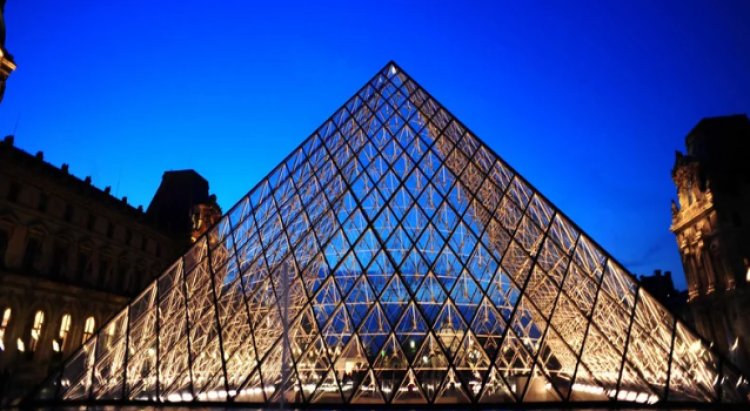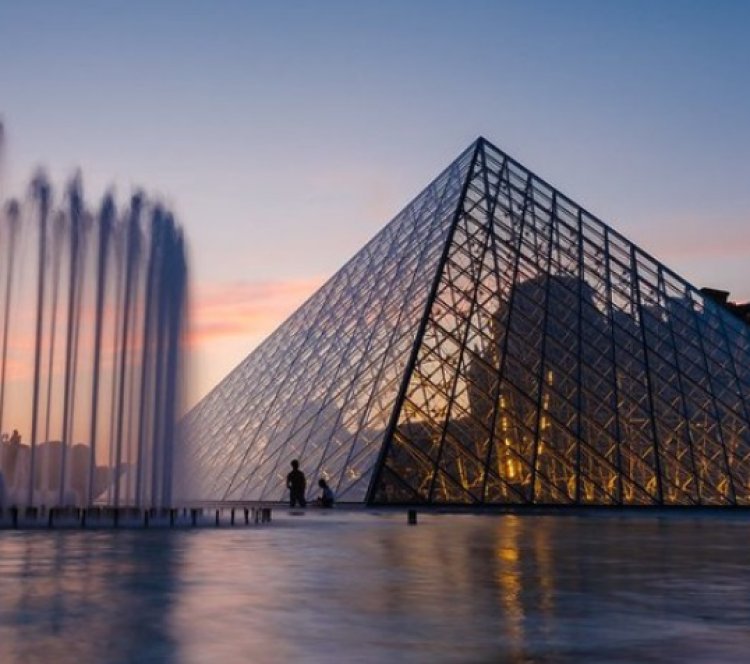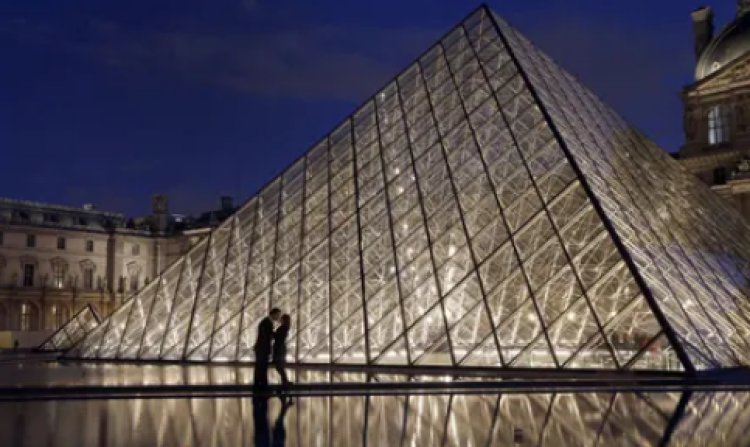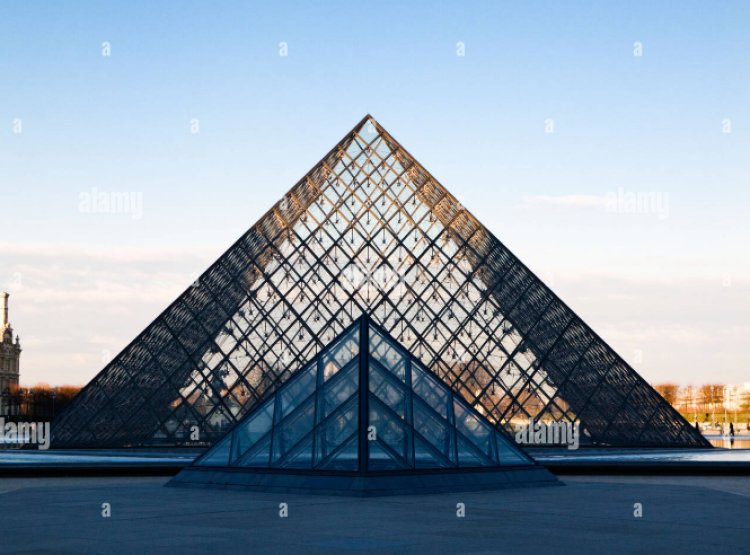All you want to know about the glass pyramid at the railway station in Upper Egypt
The Ministry of Transport constructed a glass pyramid at the Upper Egypt Railway Station in Bashtil, Giza, and work is underway to implement it.

The Ministry of Transport constructed a glass pyramid at the Upper Egypt Railway Station in Bashtil, Giza, and work is underway to implement it.
The main hall of the station catches the eye in the form of a pharaonic character, as it was taken into account in the design that the main distribution hall be in this way as an aesthetic and touristic view.
Details of the glass pyramid at the railway station in Upper Egypt
Engineer Hassan Gad, a construction engineer at the Upper Egypt Railway Station, gave a detailed explanation of the glass pyramid, which is 40 meters high.
It is a heat-insulating material that gives an aesthetically pleasing look to the station's visitors, whether passengers or visitors to malls and shops.

Station signage
The foyer includes two escalators from the inside and two regular staircases, these stairs lead to the garage at the bottom, and it also includes 4 pharaonic obelisks, on which are pharaonic inscriptions and drawings.
The pyramid includes guiding panels for the station, and it is surrounded by heat-insulating glass curtain walls, which give an aesthetic view to the lobby, which are materials that comply with environmental requirements in the construction of any new building.
Antique shops
The four obelisks in the glass pyramid have been well exploited, as some of them will be allocated inside as shops for selling antiques, and others as ride elevators.
Dr. Hossam Tantawy, Dean of the Faculty of Archeology at Ain Shams University, said that establish a station with a pharaonic character, in which a large number of passengers travel on a daily basis, spreading archaeological awareness.

Upper Egypt railway station
“Tantawy” added that the establishment of a glass foyer at the Upper Egypt railway station, which includes obelisks with pharaonic drawings and inscriptions, contributes to highlighting the Egyptian identity and reviving and employing the heritage.
Dr. Ahmed Al-Ansari, a professor at the Faculty of Archeology at Sohag University, described the idea as excellent, explaining that what the state is currently implementing in the Upper Egypt railway station is considered tourism propaganda, and it is preferable to circulate it in all railway stations nationwide.

Tourism promotion
Al-Ansari added that what is being done at the station is propaganda for Egyptian antiquities and promotion of tourism as the locomotive of the Egyptian economy, especially since the tourism file is currently a priority on the Egyptian state's agenda for its role in attracting foreign currency.
He pointing out that the station will consolidate the idea of visual identity in all the tourist attractions that will be provided there.


 Shrouq
Shrouq 












